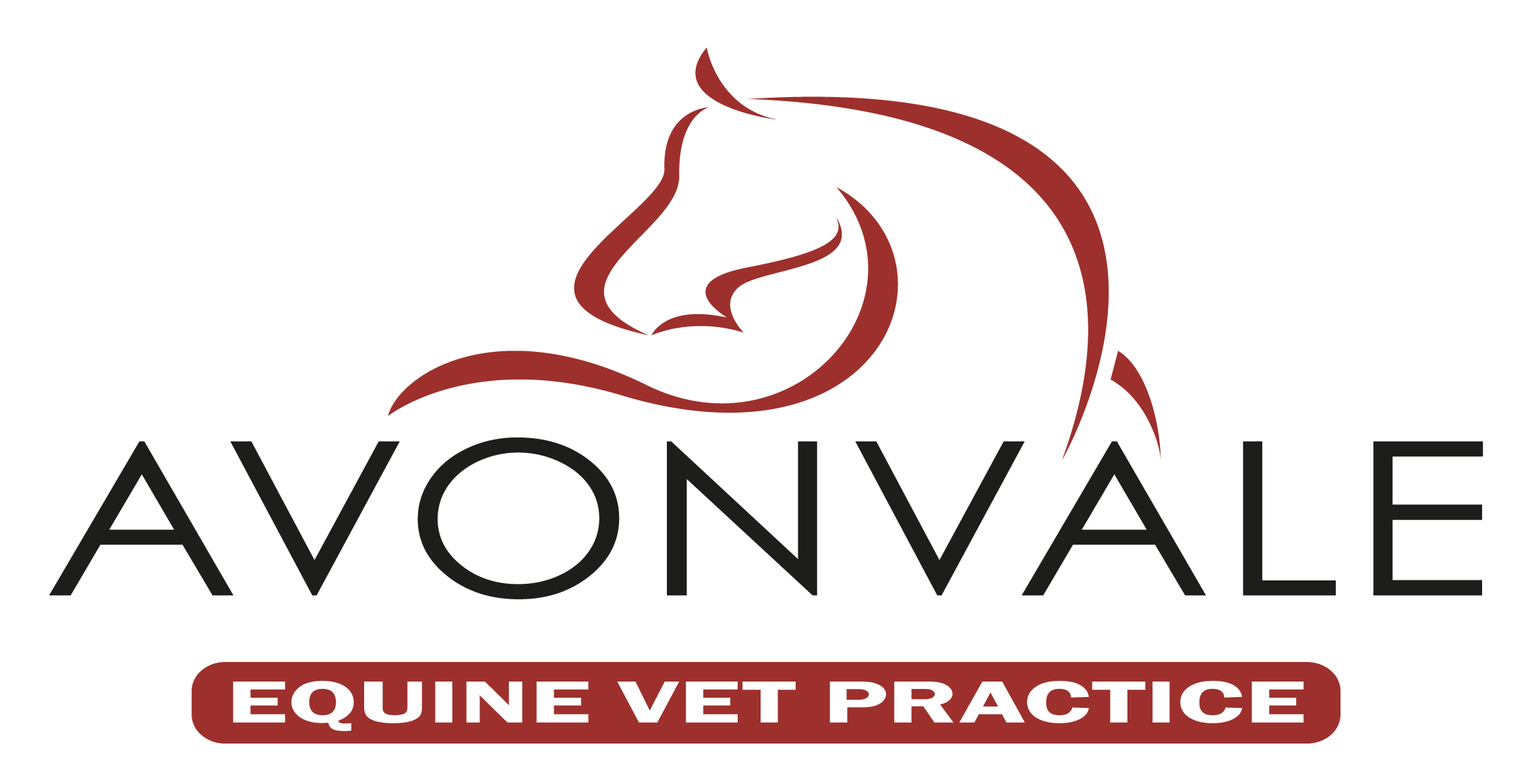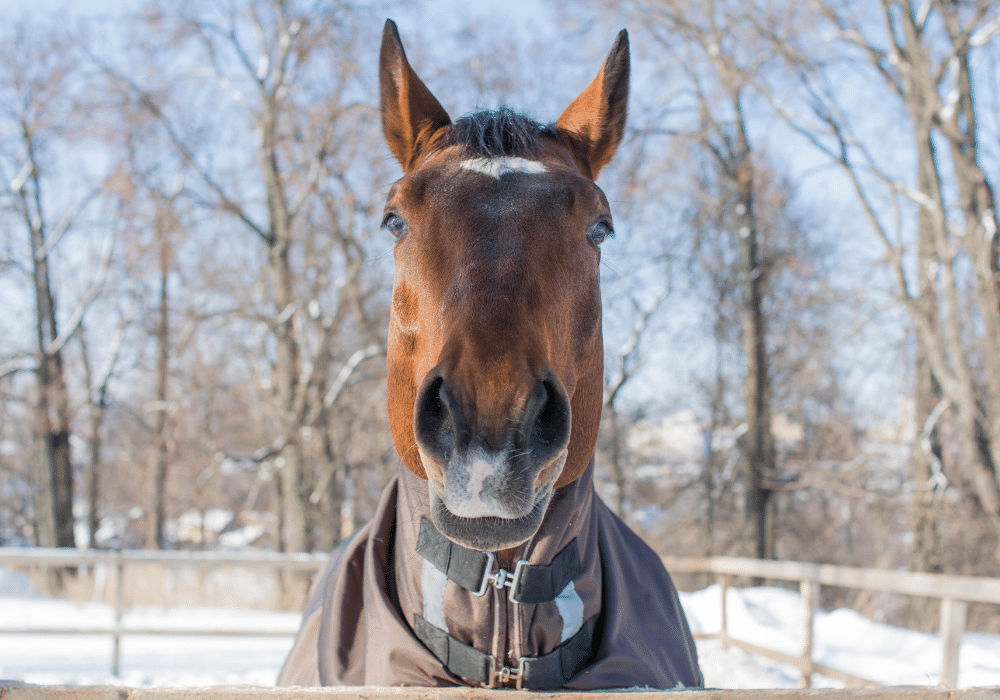Many horse owners choose to clip their horses in winter. But why do we clip horses? This blog article outlines some of the reasons why we might clip horses. It also looks at some of the types of clip and things to consider when deciding whether to clip a horse.
Why Do We Clip Horses?
As the days become shorter, horses begin to produce thick winter coats. These winter coats are designed to keep the horse warm during the colder months. However, horses in work may overheat if they are exercising with a full winter coat. Therefore, many horse owners choose to clip their horses at this time of year.
Clipping may be done all over the body (e.g. a full clip), or only in some areas (e.g. a blanket clip). The type of clip used will be based on the horse’s workload and how much turnout they are likely to have. Horses in heavy work and living in most or all the time will likely require a full or hunter clip, whilst horses in lighter work or living out will need to maintain more of their winter coat.
Horses may also be clipped for other reasons. Heavily feathered horses may need their feathers clipped to help manage mud fever, CPL or mites, as these conditions can be concealed by feathers.
Horses with Cushing’s Disease (PPID) may also need to be clipped as their body cannot properly regulate their coats. Horses with PPID will often have especially thick, wavy coats, which may cause them to overheat or become uncomfortable.
Types of Clip
There are many different types of clip. The type best suited to your horse will depend on factors such as their workload and turnout. However, you will also need to consider whether your horse is young or nervous of the clippers. In these cases, it may be safer to give them a smaller clip that does not require you to clip their head or legs. Some horses may need to be sedated to be clipped, and you can discuss this with your vet
Full Clip: All the coat is removed, including the legs and head. Tends to be used for horses in hard work (e.g. competition or hunting)
Hunter Clip: The saddle area and legs are left unclipped. May be used for horses in heavy work that are also turned out and need some extra protection from the saddle.
Blanket Clip: Leaves a “blanket” of hair across the horse’s back and hindquarters, as well as the legs. Provides the warmth needed for horses that are turned out but still in medium work.
Trace Clip: Only the hair on the belly and lower neck.
Irish Clip: Like the trace clip. But the hair on the head is also removed, along with most of the neck and belly. A quicker clip than the others, making it handy for horses that are nervous when being clipped or who live out.
Avonvale Equine Vets | Independent Equine Vet Practice
Our highly qualified and dedicated equine vets, based in Upton, near Banbury, are experienced in diagnosing and treating a range of conditions. We offer free weekly zone visits for routine and non-emergency appointments, covering Warwickshire, Oxfordshire, Gloucestershire and Worcestershire. If you are looking for an independent, reliable equine vet practice with a team of experienced equine vets, Register your horse, pony, donkey or mule with us today.








